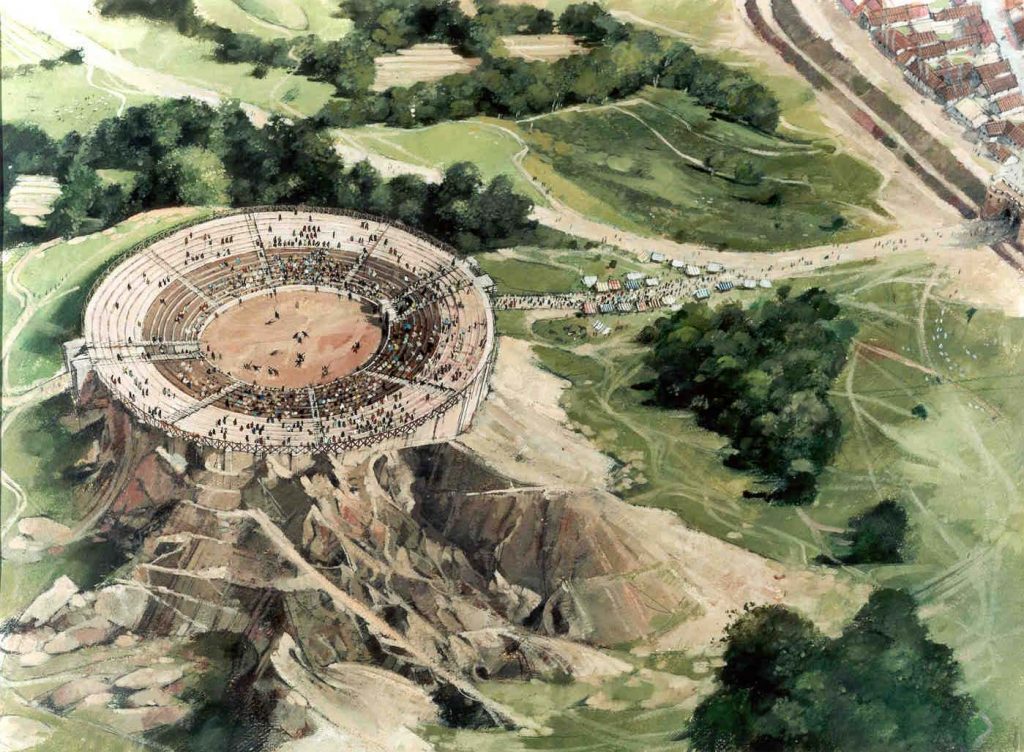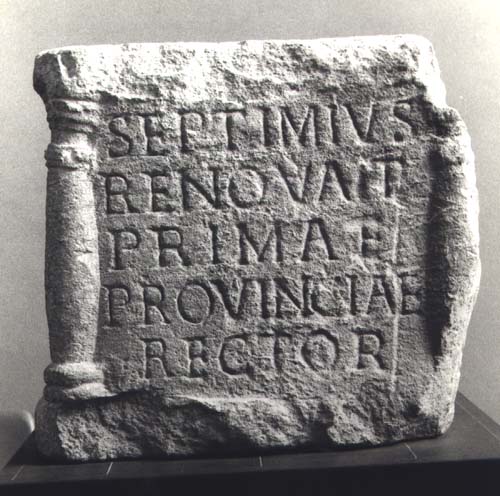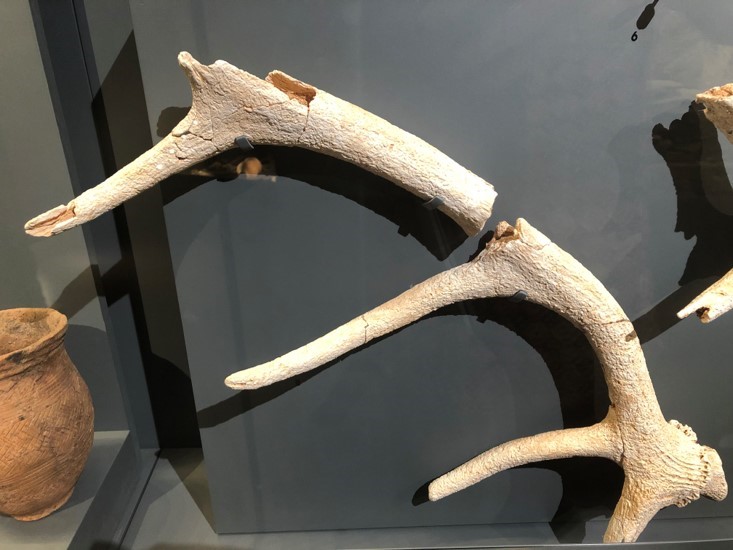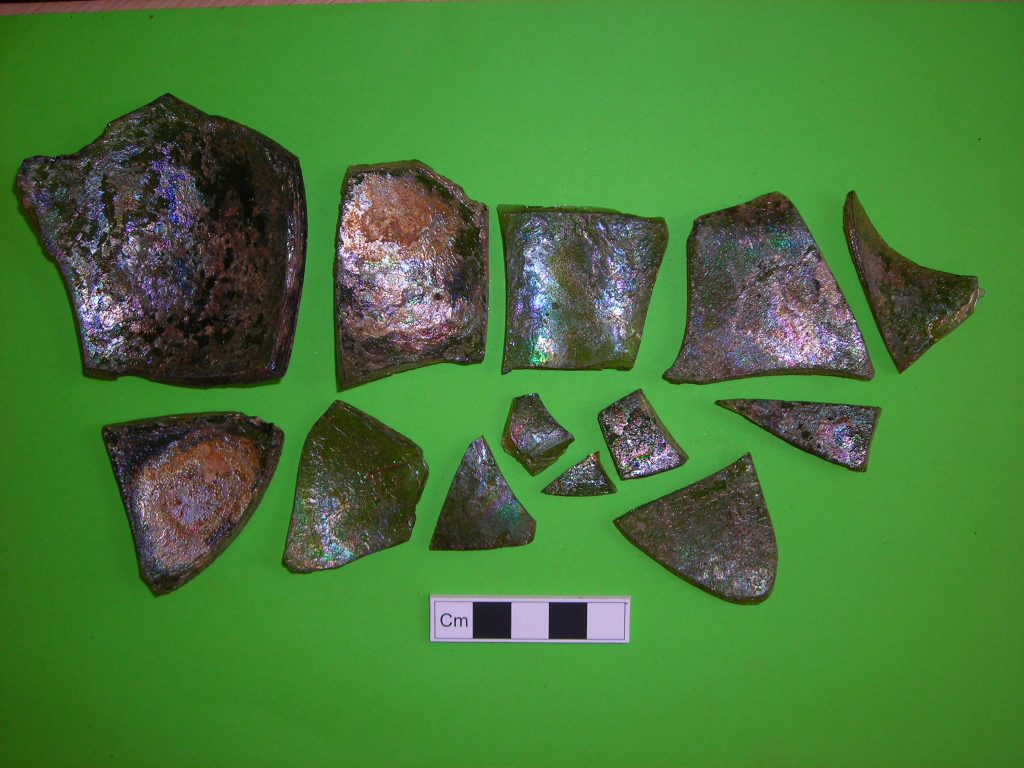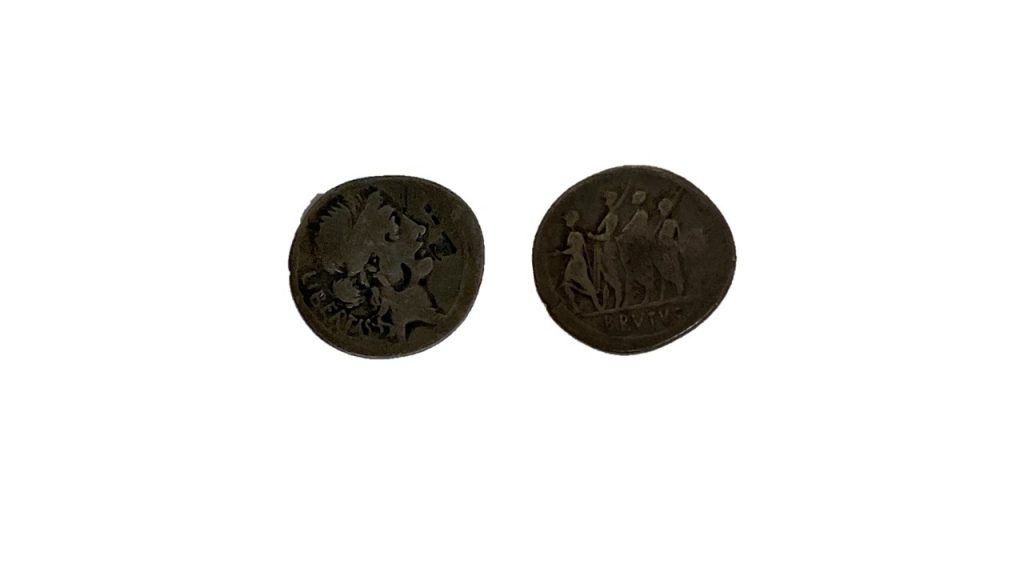Cirencester’s Amphitheatre
The amphitheatre in Cirencester is the second biggest in Britain after the one found in London, it dates as far back as the early 2nd Century, and could have held the entire population of Corinium at its height, around 8,000 people.


